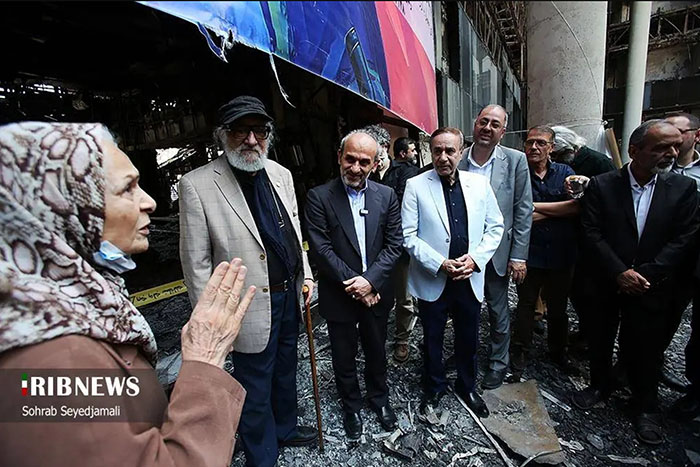The Glass Building of Iranian Radio and Television: A Lost Icon of Modern Iranian Architecture
On the morning of June 16, 1404, an event shook Tehran and reverberated far beyond the borders of Iran. The Glass Building of the Iranian Radio and Television, located in the heart of Tehran’s Vali Asr Street, within the Jam Jam complex, was targeted in a military attack attributed to Israel. The assault resulted in the near-total destruction of a building that was more than just a media headquarters — it was a symbol of modern Iranian architecture and the epicenter of the country’s official political and news broadcasting.
The tragedy of the Glass Building’s destruction is intertwined with its unique history, architectural significance, and its central role in the political and media operations of the Islamic Republic of Iran. To fully understand the weight of this loss, one must explore not only the event itself but also the legacy of the man who envisioned this iconic structure — Abdolaziz Farmanfarmaian, a name synonymous with Iran’s architectural modernity.
A Jewel of Modern Iranian Architecture
The Glass Building, known for its striking design characterized by wide glass facades and a geometric simplicity that echoed the International Style of modernist architecture, was conceived in 1346 (1967 CE). Its architect, Abdolaziz Farmanfarmaian, designed it as part of a vision to modernize Iran’s urban and institutional landscape. However, despite its conception before the Islamic Revolution of 1979, the building was only constructed and completed after the revolution, serving a very different Iran from the one in which its design was imagined.

